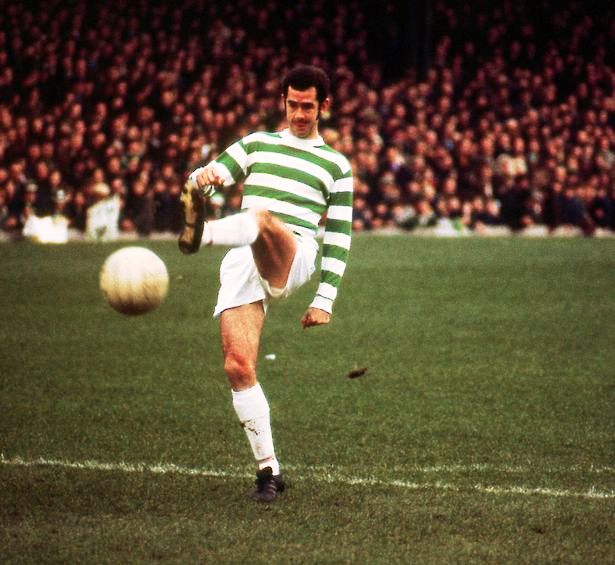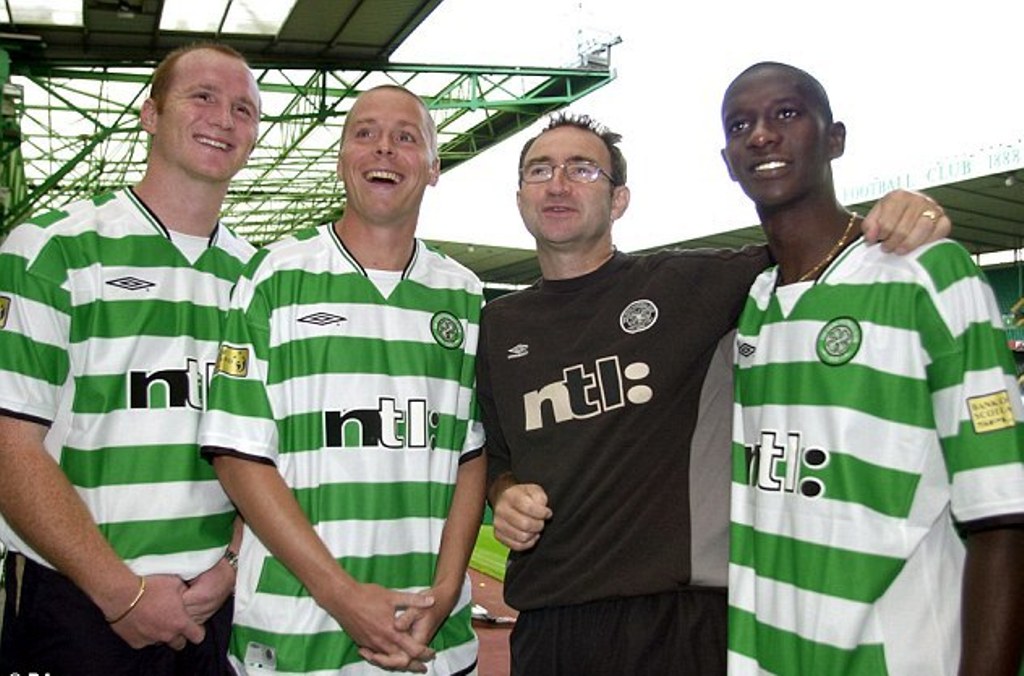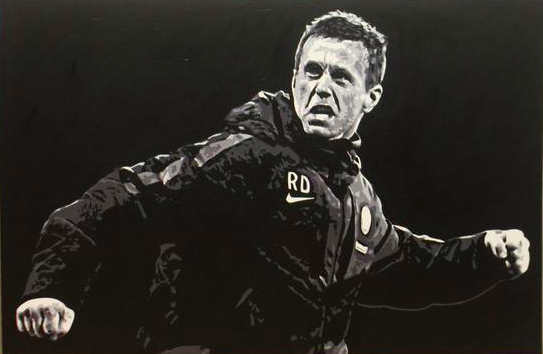Tommy Callaghan was one of a select group of players who Jock Stein signed twice in his career as a manager. Callaghan was already a noted midfield player for the successful Dunfermline team of the 1960’s before Stein brought him to Parkhead for a £35,000 fee in November 1968.
Tommy joined a Celtic team who were at their peak and were widely admired as one of the finest teams in European football. He scored on his debut against Partick Thistle at Firhill but initially found it hard to hold down a first team place due to the stiff competition in Celtic’s midfield area.
It wasn’t until 1971 that he became a regular in the Celtic team and after showing a great deal of patience he made up for lost time by winning a number of winners medals. After Bertie Auld moved to Hibs in May 1971, Tommy was able to make the inside left position his own and became a mainstay of the Celtic team from that time forward.
Tommy found his best form for Celtic in the Scottish Cup final replay in May 1971 when his strong running from midfield caused the Rangers’ defence all sorts of problems. That game is best remembered for Jimmy Johnstone’s tremendous display but Tommy ran him close on the night by having a great game in his own right.
In August/September 1971 he played a major part when Celtic memorably beat Rangers three times at Ibrox within a four week period. He continued his fine form throughout the season and could have been the hero in the European Cup semi final second leg against Inter Milan when he went close to scoring the winning goal before Inter dramatically won on penalties.
Days after that game Tommy was terrific against Hibernian in the 1972 Scottish cup final when Celtic destroyed the Edinburgh Hi-bees by a 6-1 scoreline. So many Celtic players clicked on the day and although Tommy played well he was overshadowed by the more dominating personalities in the Celtic team such as Johnstone, Dixie Deans, Bobby Murdoch and George Connelly.
By late 1972 Tommy was a key player in Stein’s new Celtic side which had gone through a period of transition since the European Cup win in Lisbon. There were strong calls to have Tommy called into the Scotland squad but, unfortunately, an international cap was never to come his way and he is regarded amongst the best Celtic players never to have been capped for Scotland, alongside the likes of Harry Hood, George McCluskey and Tom McAdam.
Tommy’s biggest assets were his ability to carry the ball from deep and his direct running at opponents. He was also versatile enough to play anywhere in the middle of the park, mainly on the left but at times he was employed on the right hand side and also in the centre of midfield.
He was a fine passer of the ball and packed a strong shot. He was not a noted goal scorer but there are a few goals worth remembering. In 1971 he send a thunderous shot past Peter McCloy at Ibrox, from a Kenny Dalglish cross, in Celtic’s comprehensive 3-0 win. In 1972 he scored a spectacular winner against Aberdeen in the League Cup semi final at Hampden, on a night of foul weather. Then, in 1974, he scored an important equaliser against Basle in the European Cup quarter finals at Celtic Park, which helped Celtic to win 6-5 on aggregate.
By 1976 Tommy was facing stiff competition from younger players such as Ronnie Glavin and Tommy Burns for a place in Celtic’s midfield. He was 31 and not playing regularly and it was no real surprise when he moved to Clydebank for a nominal fee in November 1976, where he gave great service to The Bankies.
Tommy Callaghan was a hugely successful Celtic player for eight years and won six league championship medals, four Scottish Cups and two league cups. He played an integral part during the Jock Stein glory years and his efforts were greatly appreciated by the Celtic fans of that period.





